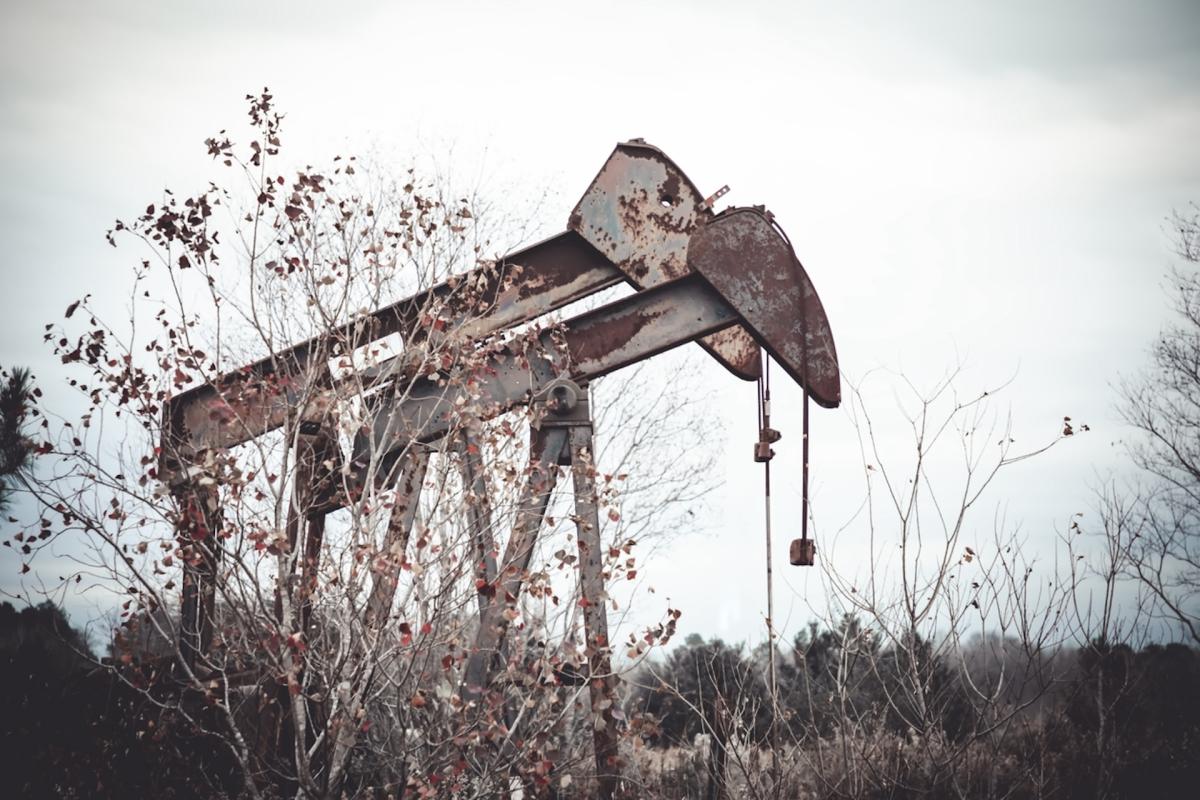There is a growing concern surrounding the ongoing issue of toxic water leaks in the West Texas oil fields.
In a recent incident reported by Marfa Public Radio, brine water surged out of the ground and onto ranchland in Crane County in early December. The well responsible for the leak wasn’t plugged until January 29th, with the subsequent remediation project carrying a hefty price tag of $2.5 million.
The water that spilled contained a staggering 154,000 chloride parts per million and flowed at rates reaching 330 barrels, or 13,860 gallons, per hour, creating what journalist Mitch Borden described as a “marsh-like scene.”
Identifying the exact source of the leak proved challenging, taking nine days to pinpoint two wells and several other contributors. The Railroad Commission of Texas, responsible for regulating the oil and gas industry, undertook the task of digging and lining 20 containment pits while employing vacuum trucks to remove the contaminated water.

Local attorney, rancher, and critic of the RRC, Sarah Stogner, vividly described the scene, noting, “There was a big crack. You could hear the water flowing underneath your feet, and you could see bubbles. It was like being at the beach.”
The pervasive nature of such incidents, likely exacerbated by the injection of oil and gas wastewater underground, has led to concerns about the integrity of the region’s groundwater. In one alarming instance, a leak resulted in the formation of a 60-acre body of water dubbed Lake Boehmer.
Some abandoned wells emit hazardous hydrogen sulfide gas, earning them the moniker “zombie wells” and posing risks such as sinkholes.
Bill Burch, a defeated candidate in the Democratic primary for a seat on the RRC, underscored the severity of the situation, describing it as a “catastrophic-level event” for West Texas oil and gas. He emphasized the threat posed by the toxic and radioactive water seeping into the groundwater, highlighting the potential peril to Texas’s usable freshwater resources.
While the commission reassured the public of its efforts to safeguard freshwater, acknowledging the cessation of brine water flow and the casing and cementing of the well, concerns persist regarding the broader implications of such incidents.
Efforts to address the issue include legal action by Colorado landowners against an oil company for abandoning wells and the allocation of $80 million in federal funding to Texas in January to plug orphan wells.
RRC deputy executive director Danny Sorrells emphasized the collaborative approach taken by researchers to understand the complex geology and water dynamics in the affected areas, aiming to identify solutions and mitigate further harm.
Situated in the heart of the Permian Basin, spanning across Texas, New Mexico, and Mexico, Crane County occupies a pivotal position within the oil-rich region. Its proximity to major cities like El Paso and San Antonio underscores the urgency of addressing the environmental threats posed by such incidents.
Sarah Stogner issued a stark warning, emphasizing the need for immediate action to prevent irreversible ecological devastation in areas with a history of oil and gas extraction.
